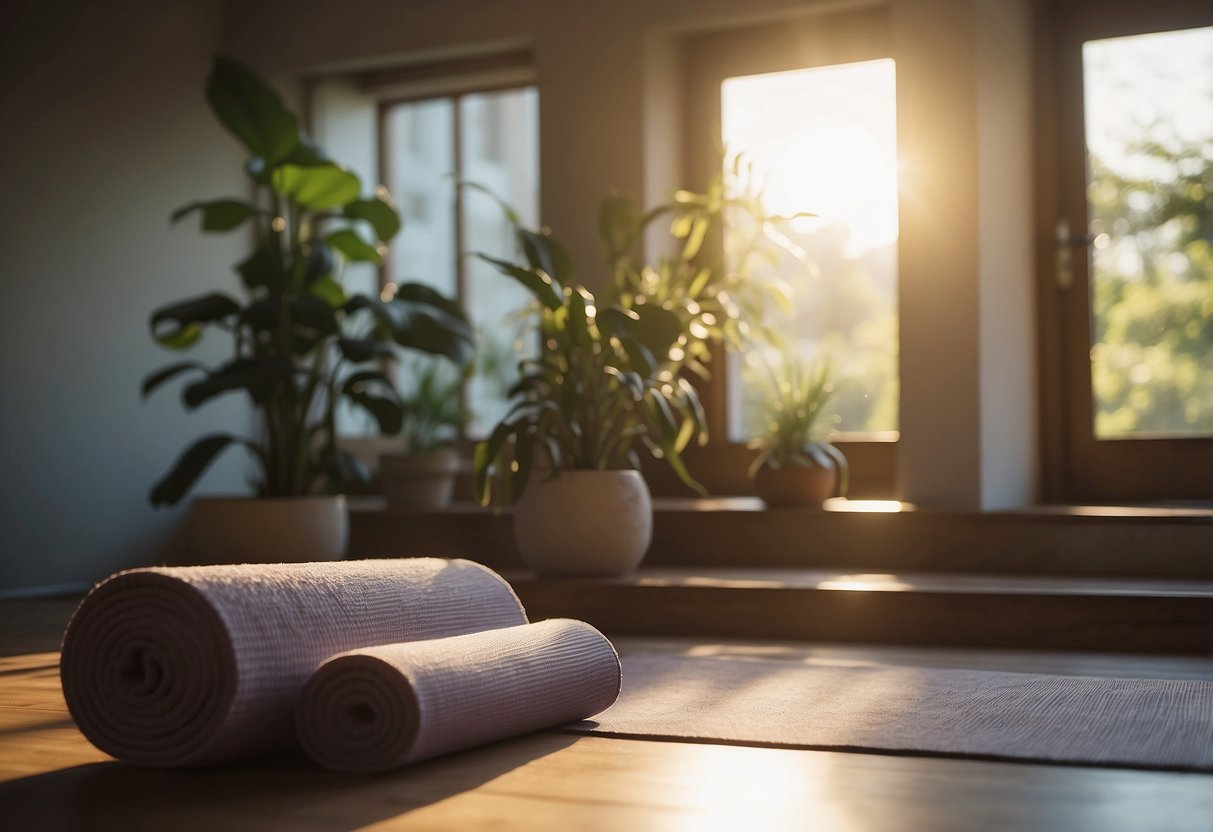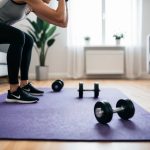DIY Yoga for Beginners: Essential Poses and Practices to Get Started
Yoga Philosophy for Beginners
Yoga is more than physical postures. It offers a path to mental and spiritual growth. The eight limbs of yoga, outlined by Patanjali in the Yoga Sutras, provide a comprehensive framework.
The first two limbs, Yamas and Niyamas, focus on ethical guidelines. Yamas encourage non-violence, truthfulness, and non-attachment. Niyamas involve personal practices like cleanliness, contentment, and self-discipline.
Asana, the third limb, pertains to physical postures. It’s designed to prepare the body for meditation. Pranayama, the fourth limb, involves breathing techniques to control the prana (life force).
Pratyahara, the fifth limb, means withdrawal of the senses. It helps in detaching from external distractions. Dharana, the sixth limb, emphasizes concentration, preparing the mind for meditation.
Dhyana, the seventh limb, involves deep meditation or sustained attention. It leads to the final limb, Samadhi, which is a state of bliss and union with the divine.
Understanding these limbs helps beginners grasp yoga’s holistic approach. They discover that yoga extends beyond the mat, fostering a balanced and harmonious life. Each limb serves as a stepping stone, guiding practitioners towards inner peace and self-realization.
Fundamental Yoga Poses: A Guide

Starting with basic yoga poses can help establish a strong foundation. These poses improve balance, flexibility, and strength.
Standing Poses
Standing poses are essential as they build strength and stability. Mountain Pose (Tadasana) is the foundation for all standing poses, teaching proper alignment. Warrior I (Virabhadrasana I) stretches the chest and lungs while strengthening the legs.
Warrior II (Virabhadrasana II) engages the hips and legs, improving stamina and concentration. Tree Pose (Vrksasana) enhances balance and focus by requiring one to stand on one leg. Transitioning smoothly between these poses helps cultivate mindfulness and body awareness.
Seated Poses
Seated poses help in enhancing flexibility, especially in the hips and spine. Easy Pose (Sukhasana) is great for meditation, providing a comfortable seated position. Seated Forward Bend (Paschimottanasana) stretches the spine, shoulders, and hamstrings.
Butterfly Pose (Baddha Konasana) opens the hips and groin, offering relief from tension. Practicing these poses encourages proper breathing and mental clarity. Each pose can be held for several breaths to deepen the stretch and relaxation.
Forward Bends and Backbends
Forward bends and backbends introduce flexibility to the spine. In Standing Forward Bend (Uttanasana), the spine and hamstrings stretch deeply, which helps to calm the mind. Bridge Pose (Setu Bandhasana) opens the chest, shoulders, and back, building strength and flexibility.
Camel Pose (Ustrasana) provides an intense backbend that opens the entire front body. It can invigorate and improve spinal flexibility. Practicing these poses maintains a healthy spine and counteracts the effects of prolonged sitting.



